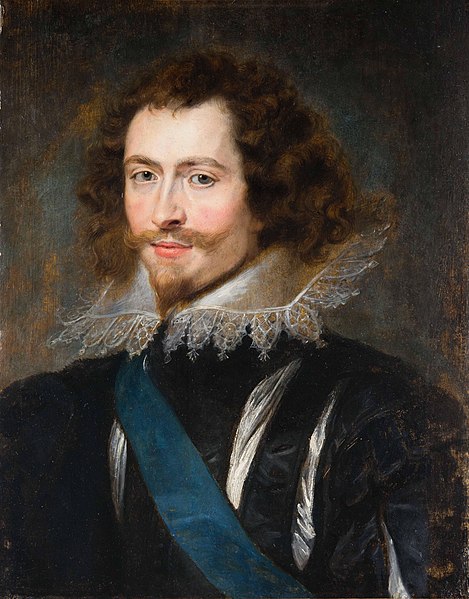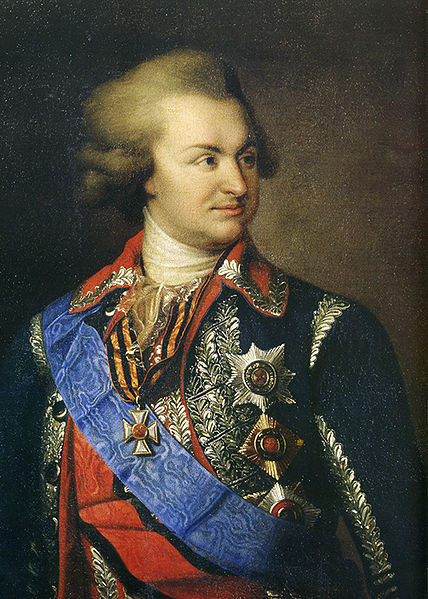Les Mignons was a term used by polemicists in the contentious atmosphere of the French Wars of Religion and taken up by the people of Paris, to designate the favourites of Henry III of France, from his return from Poland to reign in France in 1574, to his assassination in 1589, a disastrous end to which the perception of effeminate weakness contributed. The mignons were frivolous and fashionable young men, to whom public malignity attributed heterodox sexuality, rumors that some historians have found to be a factor in the disintegration of the late Valois monarchy.
Henri III, then Duke of Anjou, dressed in elegant attire of 1570, including a "little bonnet of velvet". Painting by Jean de Court.
Contemporary portrait drawing of Louis de Maugiron
A favourite was the intimate companion of a ruler or other important person. In post-classical and early-modern Europe, among other times and places, the term was used of individuals delegated significant political power by a ruler. It was especially a phenomenon of the 16th and 17th centuries, when government had become too complex for many hereditary rulers with no great interest in or talent for it, and political institutions were still evolving. From 1600 to 1660 there were particular successions of all-powerful minister-favourites in much of Europe, particularly in Spain, England, France and Sweden.
Equestrian portrait of the Count-Duke of Olivares by Diego Velázquez.
The Duke of Buckingham by the workshop of Rubens
Cardinal Richelieu, one of the most successful from the golden age of the favourite
Prince Grigory Potemkin






